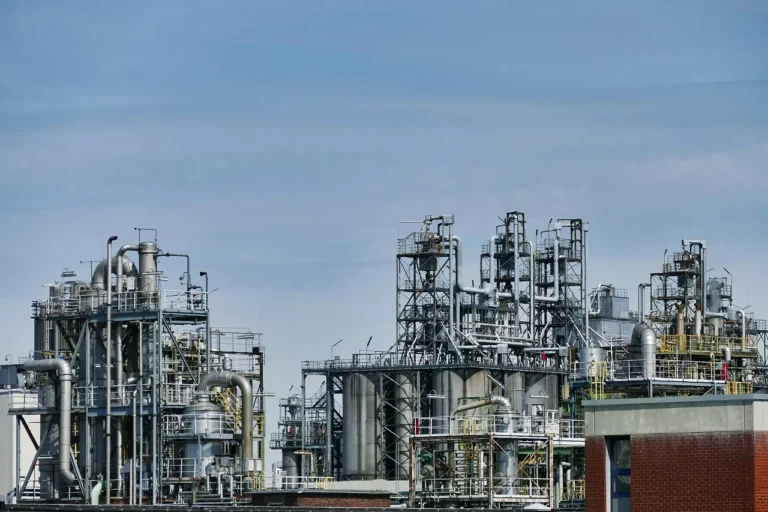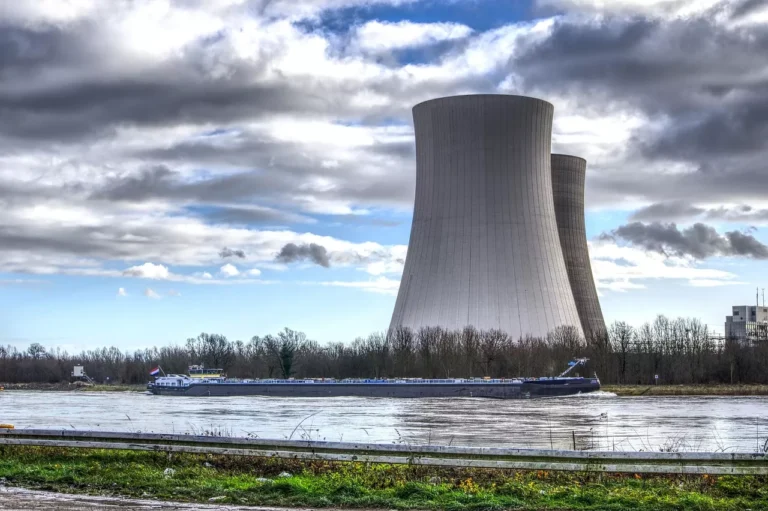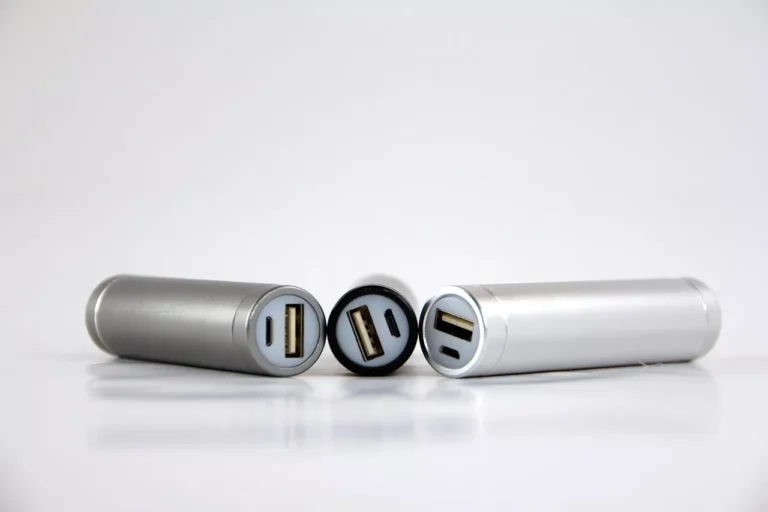
Mitsubishi Electric, JICA, and Hankyu Partner to Boost Energy Efficiency in Manila’s Light Rail
Mitsubishi Electric Corporation (TOKYO: 6503) has announced a strategic collaboration with the Japan International Cooperation Agency (JICA) and Hankyu Corporation to promote energy conservation in the Manila Light Rail Transit Authority’s (LRTA) Line 1 system. This initiative is part of a larger technical cooperation project designed to improve the operational efficiency, sustainability, and environmental performance of Manila’s light rail network. The project will use Mitsubishi Electric’s advanced data-analysis services for railway systems to assess current energy consumption, identify inefficiencies, and recommend solutions that can significantly reduce energy use and carbon emissions.
Addressing Urban Mobility and Environmental Challenges in Manila
The city of Manila has long struggled with severe traffic congestion due to its heavy dependence on road-based transportation. The proliferation of private vehicles has resulted in gridlocked streets, deteriorating air quality, and rising greenhouse gas emissions. As the population and economic activity in Metro Manila continue to grow, the government and transport authorities have prioritized the development of sustainable public transport systems. The Light Rail Transit (LRT) network, especially Line 1, plays a crucial role in this effort by offering an efficient and lower-emission alternative to private transport.
However, despite being a cleaner option compared to automobiles, the LRT still faces challenges related to high energy consumption and operational inefficiencies. Recognizing this, the Light Rail Manila Corporation (LRMC)—the operator and maintenance provider for Line 1—approached JICA for technical support. The goal was to explore methods for improving the energy efficiency of the system and achieving measurable reductions in CO₂ emissions.
JICA and Hankyu Lead Technical Cooperation
In response to LRMC’s request, JICA launched a technical cooperation initiative aimed at promoting energy-efficient railway operations in the Philippines. To implement the project, JICA partnered with Hankyu Corporation, a Japanese railway company known for its extensive experience in managing sustainable and energy-efficient rail networks. Hankyu has achieved significant results in optimizing power use across its operations in Japan, and this expertise will now be applied to the Manila project.
The collaboration combines JICA’s international development framework, Hankyu’s operational know-how, and Mitsubishi Electric’s technological capabilities to deliver a data-driven, practical approach to energy management. Mitsubishi Electric has been commissioned by Hankyu to provide detailed analysis and technical recommendations through its proprietary digital platforms and solutions.
Mitsubishi Electric’s Role: Data-Driven Energy Optimization
Mitsubishi Electric will play a central role in the project by employing its Serendie™ digital platform, an advanced analytics and monitoring system specifically developed for railway applications. The platform integrates data collection, analysis, and visualization to provide a comprehensive picture of how energy is consumed across various components of the railway system—including trains, stations, and auxiliary infrastructure.
Using Serendie™, Mitsubishi Electric will conduct an in-depth analysis of LRT Line 1’s power consumption patterns. This includes measuring traction energy use, regenerative braking efficiency, and losses during transmission and distribution. Based on these findings, the company will identify key areas for improvement and test the feasibility of multiple energy-saving measures. The aim is not just to pinpoint inefficiencies but to translate analytical insights into actionable engineering and operational solutions.
Innovative Solutions for Energy Conservation
Among the proposed measures are technologies and strategies that capitalize on regenerative energy—the power generated when trains apply their brakes. In modern electric rail systems, regenerative braking converts the kinetic energy of a decelerating train back into electrical energy. However, much of this energy is often wasted if it cannot be immediately reused. Mitsubishi Electric plans to address this inefficiency through mapping and visualization tools that track the generation and flow of surplus regenerative power.
Through this analysis, Mitsubishi Electric expects to propose two main types of interventions:
- Auxiliary Power Supply Systems for Stations – Installing power conversion equipment that allows station buildings and other facilities to directly utilize surplus regenerative energy. This reduces the need for electricity from external sources and improves overall system efficiency.
- Energy Storage Solutions – Deploying storage systems, such as batteries or capacitors, that capture excess regenerative energy and store it for later use during peak demand periods. This approach not only optimizes energy consumption but also enhances grid stability and reduces operating costs.
These initiatives are designed to create a circular energy ecosystem within the railway network—where the energy generated during one phase of operation can be efficiently reused during another. Over time, the implementation of such systems could significantly cut the LRT’s total power consumption and contribute to broader environmental and sustainability goals.
Supporting the Philippines’ Energy Transition
This project aligns with the Philippines’ national objectives to promote sustainable urban transport and reduce the carbon footprint of its major cities. By introducing advanced Japanese technologies and operational practices, the collaboration seeks to demonstrate how data-based solutions can transform the energy performance of existing transport infrastructure.
For JICA, the initiative also represents a continuation of its long-term partnership with the Philippines in infrastructure and environmental development. The agency has been instrumental in funding and facilitating several major transport projects in the country, including earlier phases of the LRT network expansion.
Hankyu’s participation brings additional value by translating Japan’s proven operational excellence in energy management to the Philippine context. Meanwhile, Mitsubishi Electric’s contribution underscores the importance of digital innovation and engineering precision in achieving measurable energy efficiency gains.
A Model for Sustainable Urban Transport
Once completed, the outcomes of this project could serve as a model for other railway systems in Southeast Asia facing similar energy and environmental challenges. The collaboration highlights how public-private partnerships and cross-border cooperation can accelerate progress toward greener, more efficient public transportation systems.
Mitsubishi Electric, JICA, and Hankyu’s joint initiative reflects a shared commitment to sustainable development, energy conservation, and climate action. Through data analytics, technology transfer, and operational improvement, the project aims not only to enhance the performance of Manila’s LRT Line 1 but also to contribute meaningfully to the city’s broader efforts to reduce emissions and improve air quality.










